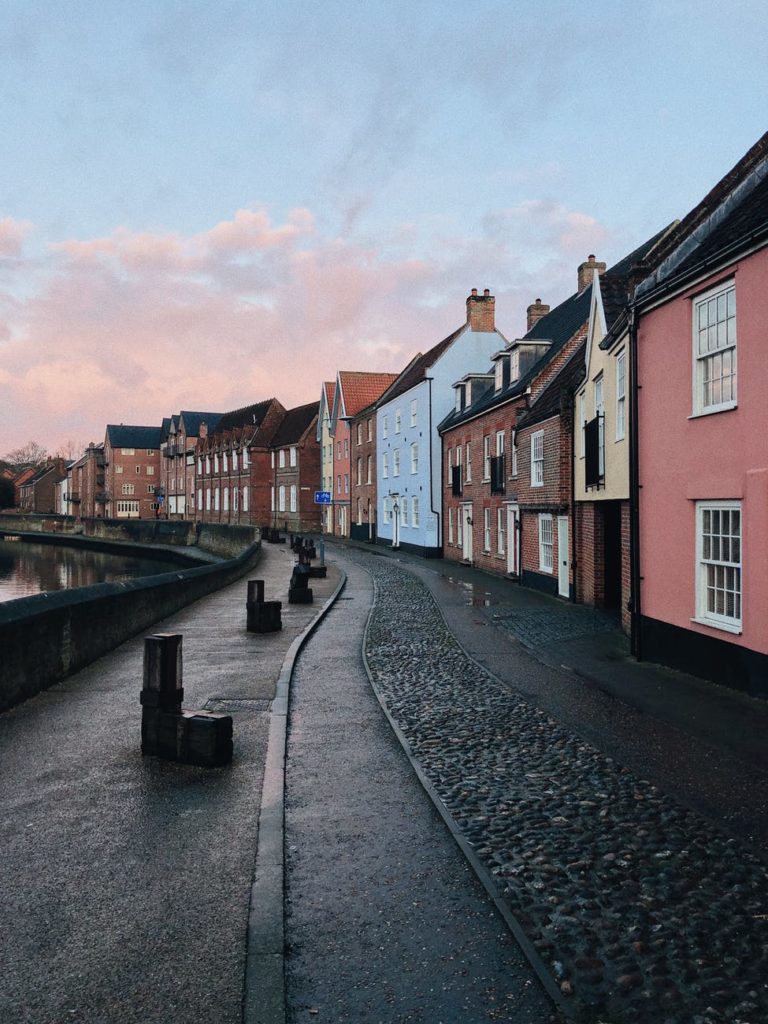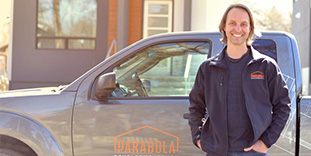The Pros and Cons of Building an Infill Home in Edmonton
Posted on: 2020-02-15

It seems like nowadays that building the home of your dreams means moving further and further away from the heart of major cities. New homeowners must carefully weigh the benefits of a brand new home versus the benefits of living close to important amenities.
Thankfully, there is a way to have the best of both worlds.
They are called infill homes and they are the construction world’s answer to having your cake and eating it too.
Read on to learn more about what infill homes are as well as the drawbacks and benefits of investing in this sort of construction:
What are Infill Homes?
An infill home is a new home built on an existing lot. These homes are built in existing neighborhoods, often on lots where an older home existed.
Infill homes are usually built because, while the lot itself has a higher value, the current and older home does not.
Some infill homes are built on vacant lots that have been split from a larger piece of property, or parcel. This is common in areas in which larger lots were purchased and built on before the neighborhood’s population began to grow.
Recently, narrow infill homes (or “skinny homes”) are being constructed on larger lots where two narrow homes can fit where there used to be one house.
If more and more people are building infill homes, they must be a great investment, right? While there are benefits to constructing infill homes, there are also some downfalls to consider as well.
Here are some pros and cons to building an infill home in Edmonton:
What are the Cons of Building an Infill Home?
Because infill homes are constructed on lots in existing neighborhoods, the process of constructing these homes can be disruptive to those already living in the area. The construction can alter traffic patterns as well as cause damage to existing landscape.
The neighbors may not be impressed.
Since infill homes depend on existing infrastructure, new construction may overburden the infrastructure or require that infrastructure be relocated or upgraded. For this reason, building an infill home in an existing neighborhood may cost more than building in a new suburban development.
Time-wise, it may take a while to acquire the necessary permits depending on zoning laws. This can be a long process.
The drawbacks of constructing an infill home tend to be temporary and depend on very specific situations.
What are the Pros of Building an Infill Home?
Despite these temporary and potential drawbacks, there are many benefits to constructing an infill home in an existing neighborhood.
Building a home on an old lot means living in a brand new home closer to jobs, community services, and transportation services. Adding new homes and residents to an existing neighborhood helps to boost the feeling of community.
Constructing infill homes also adds value and economy to the neighborhood. New homes can easily be built to complement the aesthetic of the neighborhood by emulating factors such as height and exterior design.
Lastly, even though infill home construction may cause issues with infrastructure, in most cases it can easily utilize existing infrastructure and utilities. This means there is money to be saved by building on an existing lot.
Ready to Build an Infill Home?
Troy and his crew at Parabola Developments are ready to get started on building your infill home by providing a home building process that keeps the decision making simple as you experience peace of mind.
Contact us today to find out how we can offer competitive prices in order to make your dream home come true!


